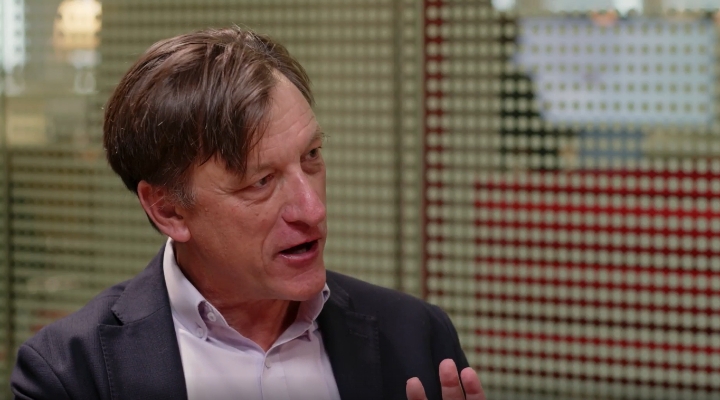'Closet indexing' is the common term used to describe funds that claim to be actively managed but in fact are not sufficiently differentiated from the benchmark to support that claim. There are a few ways to spot funds that mimic their benchmark. Tools such R-squared and tracking error describe a portfolio's deviation from the benchmark index in statistical terms based on its past returns. By directly comparing and measuring differences between a fund's portfolio holdings with its benchmark holdings, the concept of active share has offered investors a new tool to quantify the activeness of a fund and therefore identify benchmark huggers.

20% of European large-cap funds could be labelled as closet indexers

The concept was popularised in a working paper by the then-academics Martijn Cremers and Antti Petjistö in 2006. Cremers & Petajisto drew the line between ‘active’ and ‘closet-indexing’ funds at an active share of 60%. It should be noted that while this threshold has effectively become an industry standard, the limit is valid only as long as the underlying benchmark index is well diversified.
It All Comes Down to Fees
Low active share funds are not inherently bad. However, with a small proportion of active positions the fund's returns tend to deviate much less from those of its index. This is where the impact of fees becomes critical. The issue is that it turns out this kind of funds often charge fees similar of even higher than truly active funds in Europe. This narrows considerably their likelihood of outperforming the benchmark.
In Morningstar’s recent study “Active Share in European Funds: The Activeness of Large-Cap European Fund Managers through the Lens of Active Share”, we found that 20.2% of funds that are marketed as active had an active share below 60% among European large-cap funds, based on a three-year average of each funds active shares. The asset-weighted share of closet indexers was 17.5%.
We found that the least active funds as measured by their active share calculated against their category benchmark are actually charging fees close to those of true active funds. More specifically, we found that the cost per unit of active share is much higher in closet indexers than in other funds.

In the same study, we also found that closet indexers, as identified by combining low active share and low tracking error, have not done well in terms of performance. In the five years spanning from July 2010 until June 2015, just 22% of the closet indexers identified in our study managed to beat the category benchmark against 34% of funds in the rest of the sample. One-fifth of closet indexers were able to achieve a positive information ratio while 33% of the funds with an active share above 60% had added value.
How Widespread is Closet Indexing in Europe?
Many national regulators in Europe have launched investigations into this practice. The European Securities and Markets Authority (ESMA) published on February 2 2016 the results of its investigation on closet indexing tracking. By combining active share, tracking-error and R2 at varying degrees, they identified that “between 5 and 15% of UCITS equity funds could potentially be closet indexers”.
In Morningstar’s study we also found that closet indexing is indeed not a negligible practice. According to our data, 15% to 20% of funds in European large-cap categories could be labelled as closet indexers. We also established that the proportion of funds staying close to the benchmark index has varied significantly over time. The peak in closet indexing clearly coincides with the aftermath of the global of financial crisis in 2009.
![]()
Our research indicates a significant correlation between closet indexing and the level of risk in the equity market. When uncertainty is greater, fund managers may be tempted to reduce the size of their active bets, for instance by reducing their exposure to smaller companies and sticking to more liquid, large, established companies. It might be the case that some want to voluntarily manage their career risks by staying closer to the benchmark. Underperforming the benchmark in a down market is indeed more painful than losing to the competition in a bull market: if a fund manager underperforms in a down market because he keeps a highly distinctive portfolio, he runs the risk of being fired. If he outperforms, he will enjoy some temporary success.
Fund managers can also be heavily influenced by external and internal stakeholders; clients, supervisors, and risk managers, to reduce the ’activeness‘ of the portfolio in times of uncertainty – even though these are often the periods, when investors would arguably need their managers’ activeness the most.
The increasing scrutiny of regulators and the greater competition from low-cost passive vehicles are putting a lot of pressure on asset managers to disengage from such practice by either being more active and lowering their fees. It seems, however, that investors are not waiting for regulators to act and fund companies to change their behavior. Morningstar’s data on asset flows for European large-cap funds suggests that funds with a higher active share have received considerably more flows in recent years than the least active funds.



























